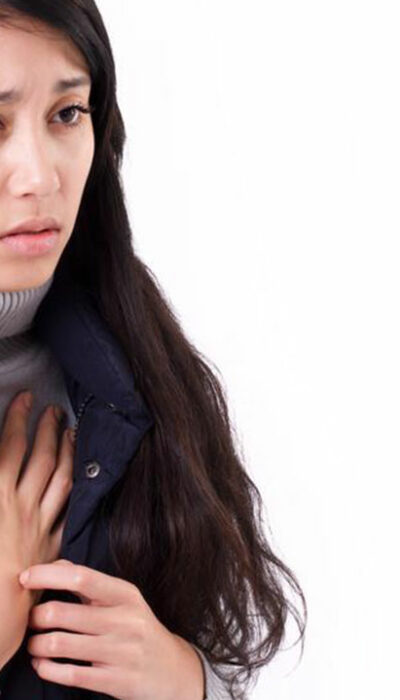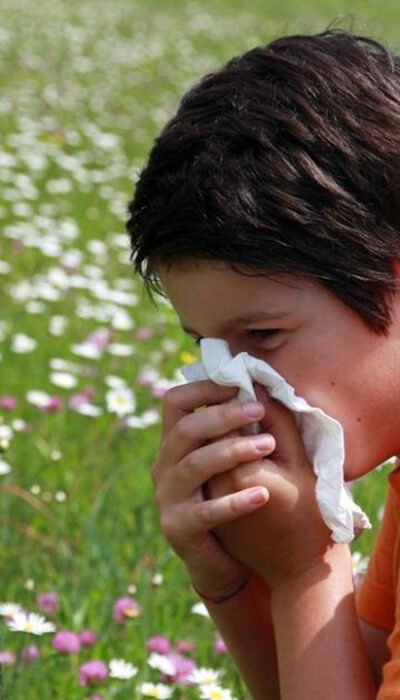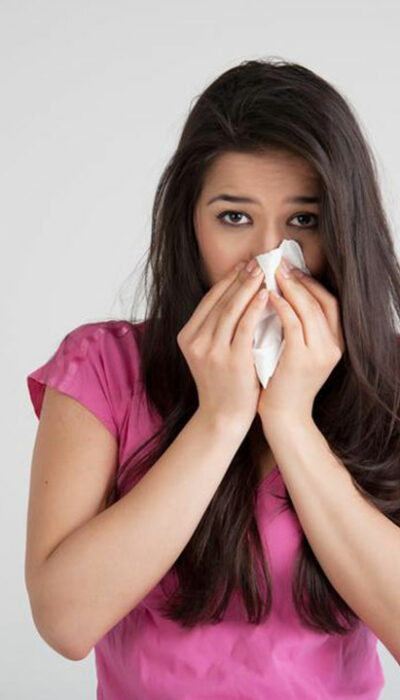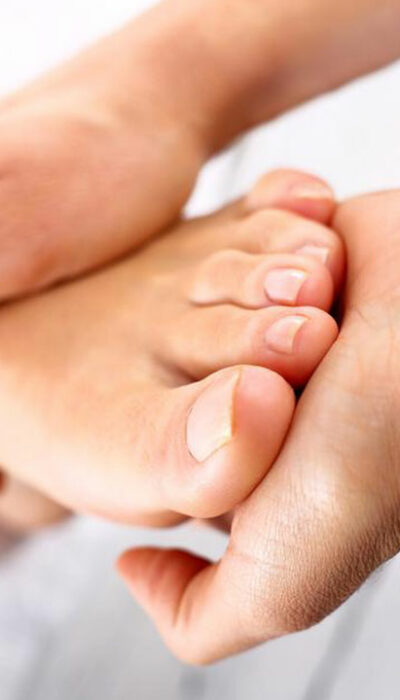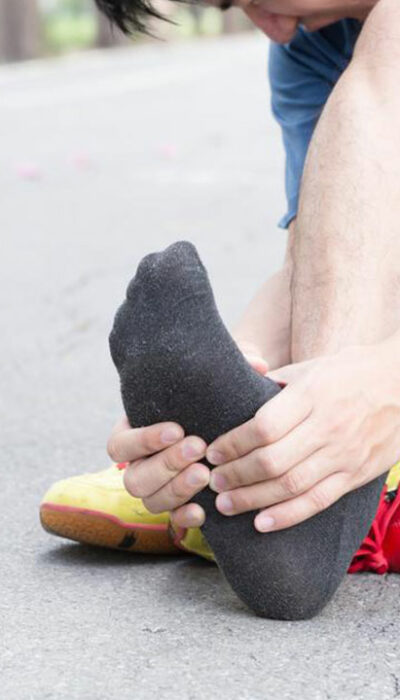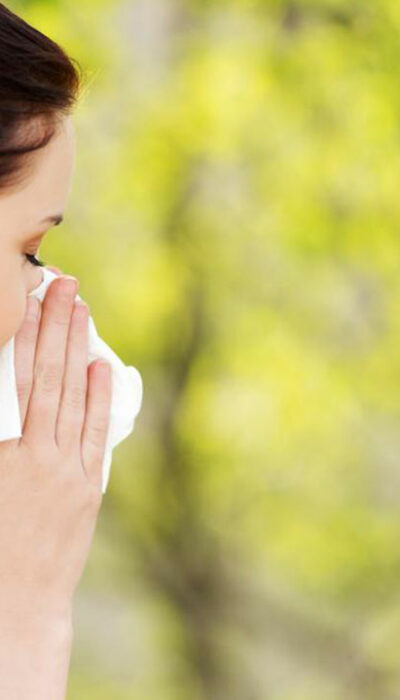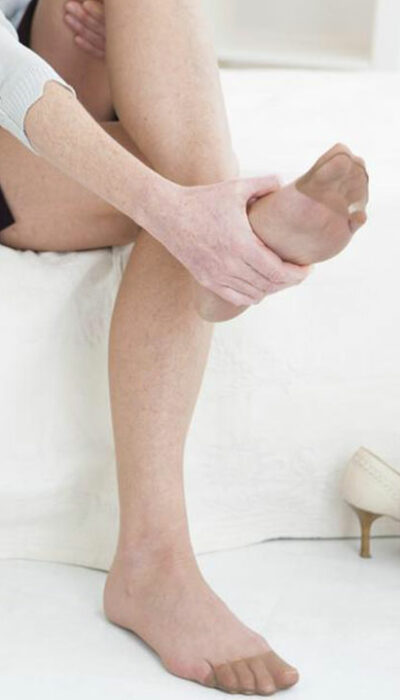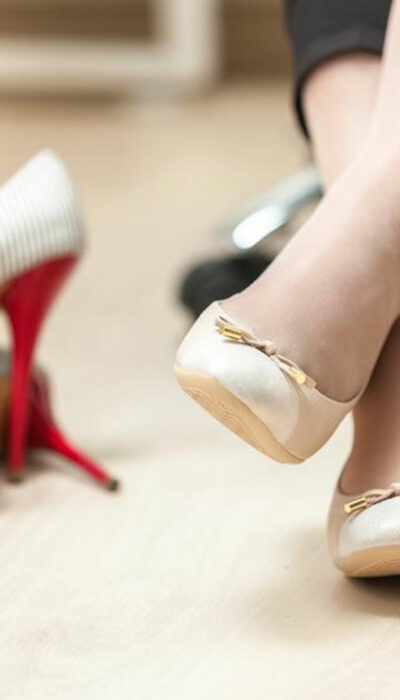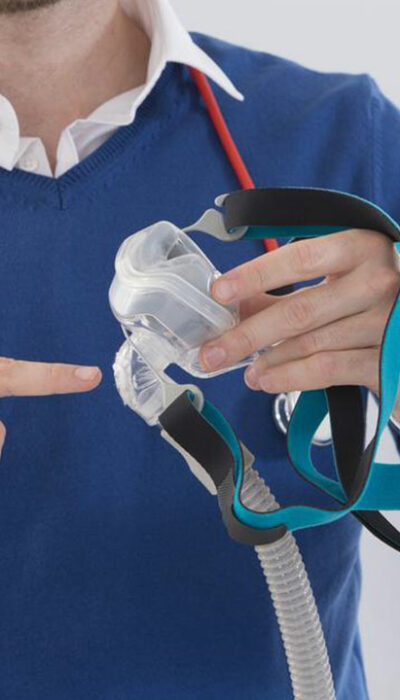
6 Essential Vitamins for Hair Fall Control
It is estimated that in one day, the scalp sheds around 100 hair strands. This is further aggravated by aging, and in the case of women, the problem becomes serious with menopause. These days, the cause for hair fall has gone beyond aging. Modern lifestyle with its food-on-the-go without essential vitamins, excessive stress, lack of adequate rest, pollution, excessive hair styling treatments, and use of chemical-based products have made hair fall problem quite common. Hair fall usually starts out by the shrinking of hair follicles. Hair follicles are tiny openings on your scalp from which your hair grows. As the follicles shrink, hair starts to get thinner and starts falling quickly. Hair loss due to hair fall can occur all over the scalp (called as general hair loss) or only in one part (called as focal hair loss). Excessive hair fall may lead to premature balding or to male-pattern or female pattern baldness. Whatever be the cause of hair fall, it tends to affect a person’s self-esteem. This is because a loss of hair due to hair fall directly affects the physical appearance. What you put on your plate directly affects your overall health, including the health of your skin and hair. One of the best ways to deal with hair loss is to replenish your body with essential vitamins that help with hair fall control. Your diet should incorporate food that replenishes your body with vitamins that help to improve the health of your scalp, control hair fall, and boost hair growth. Here are 6 essential vitamins for hair fall control. Vitamin A: Found in carrots, mango, tuna, sweet red peppers, apricot, peaches, spinach, lettuce, and other leafy vegetables, Vitamin A is essential to control the production of retinoic acid in your scalp. This acid determines the development of hair follicles and helps control their shrinkage.
